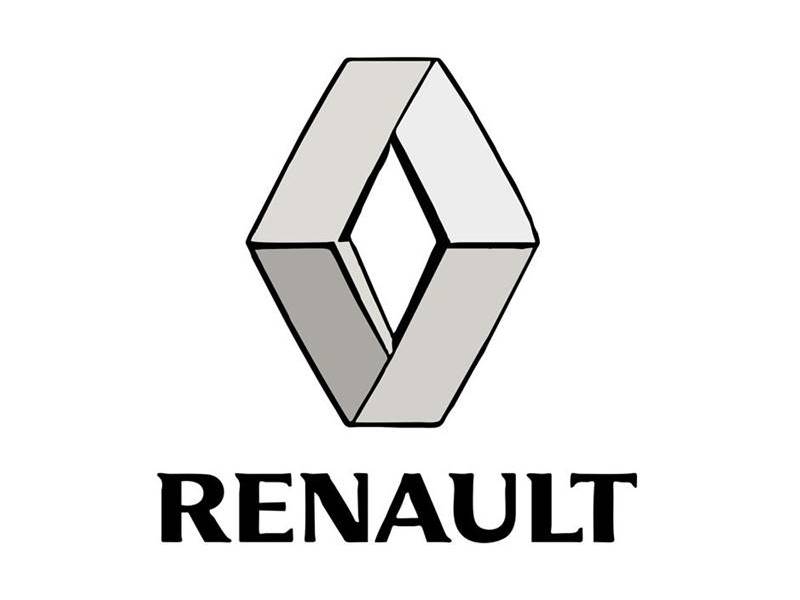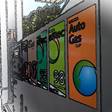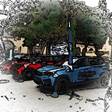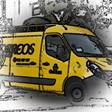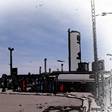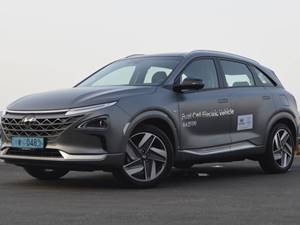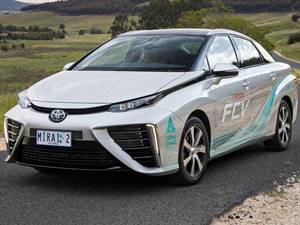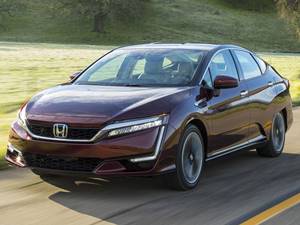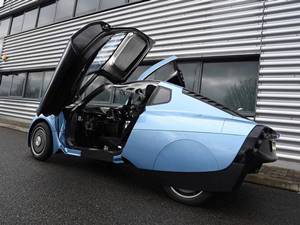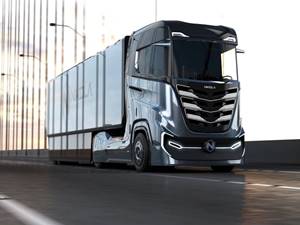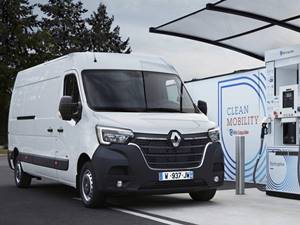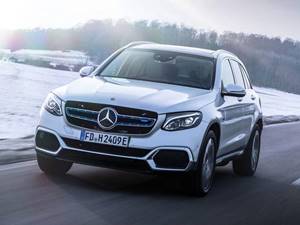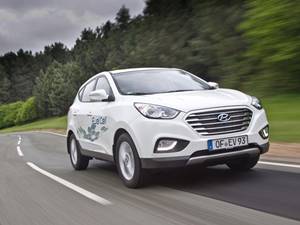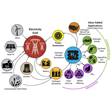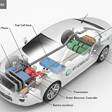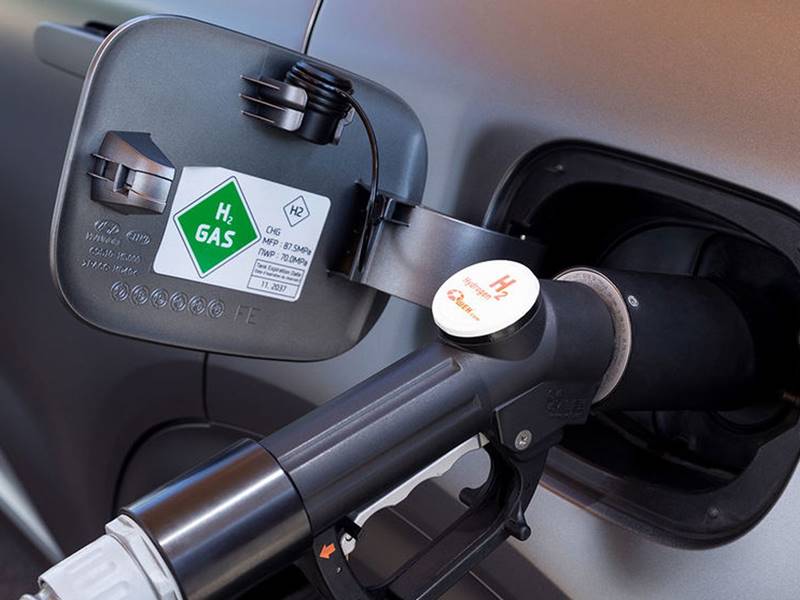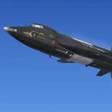Hydrogen van models for sale
Renault has announced that it will launch two hydrogen-powered electric vehicles. These are the Kangoo Z.E. Hydrogen, which will go on sale at the end of this year, and the Master Z.E. Hydrogen, available in mid-2020. Both examples are strategically part of the French group's commercial van offer which, for the time being, avoids marketing a fuel cell electric car for private individuals. In fact, very few brands offer models of this type in their catalogue. One of them is the Hyundai Nexo and another is the Toyota Mirai.
As the company explains, "driving with hydrogen is still expensive for the general public and infrastructures are still scarce". For this reason, it is committed to "a complementary solution for company fleets that could, in this way, contribute to rationalizing the deployment of the first infrastructures and democratize hydrogen in France and Europe". One of the handicaps of this fuel is the scarcity of hydrogen generators for refueling.
This is, without a doubt, the biggest drawback that must be overcome in order to achieve expansion in the market for electric vehicles powered by fuel cells. However, it seems that it is worth overcoming this enormous hurdle taking into account the virtues of this type of vehicle. To begin with, they offer up to three times more range compared to 100% electric vehicles. In the absence of homologation, the data provided by Renault indicates that Master Z.E. Hydrogen will be able to cover around 350 kilometres on a single charge (compared to 120 km on Master Z.E.) and Kangoo Z.E. Hydrogen will have the capacity to cover 370 km (compared to 230 km on Kangoo Z.E.).
f range is achieved; in 10 minutes the tank is full and the range is complete. These times are far from those needed to recharge the electric battery. And how does a hydrogen vehicle work? As Renault explains, the hydrogen is stored in a high-pressure tank. For the Kangoo: 74 litres /1.7kg / 350 bar (or 700 bar depending on the country); and for the Master: two 53-litre /2.1kg / 700 bar tanks each. The fuel cell converts the hydrogen and oxygen in the ambient air into water by creating an electric current.
The battery and the hydrogen cell provide the engine with electrical energy. The fuel cell starts automatically (the driver can also start it) when the electric battery charge level is at 80 % to maintain or recharge the battery gradually (at stops). If the battery charge level is less than 2 %, it is possible to use hydrogen only (e.g. to smoothly reach the final destination or the parking space). Hydrogen recharging is complementary to battery recharging, which allows for a longer autonomy related to electricity. If the electric battery is completely discharged, the hydrogen cell "allows it to be recharged" or "can act as a recharging terminal".
A priori, climatic conditions have little impact on hydrogen-related autonomy, as the stored energy is not affected by the ambient temperature, so autonomy is preserved in the event of low temperatures. Hydrogen is currently produced mainly from natural gas. The conversion of hydrogen into on-board electricity is totally clean and only releases water. Therefore, these vehicles can access zero-emission zones in city centres.

